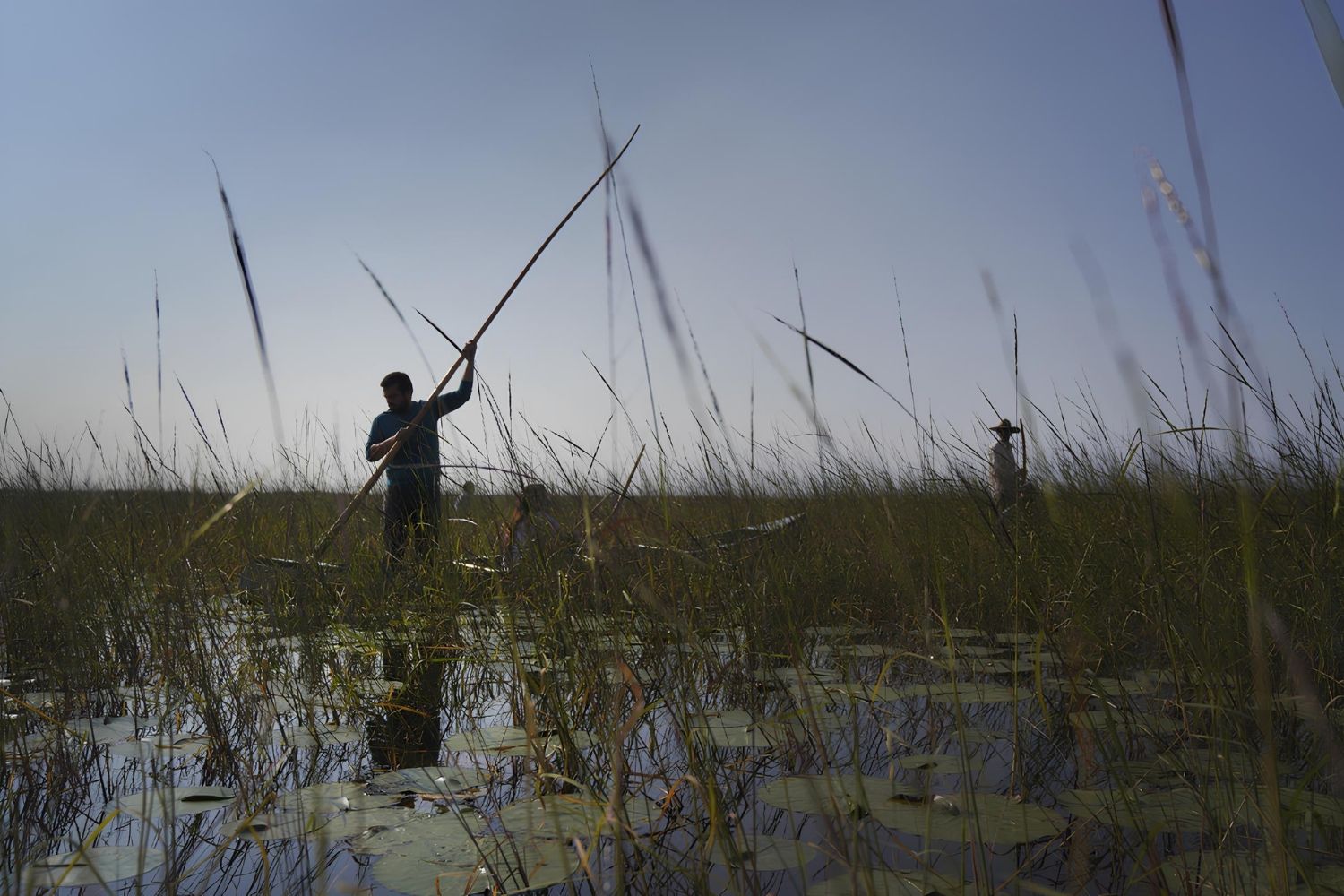Secret Wild Rice Beds Of The Great Lakes

Have you ever wondered where to find the secret wild rice beds of the Great Lakes? These hidden gems offer a glimpse into the region's rich history and natural beauty. Wild rice, or "manoomin" as the Native Americans call it, grows in shallow waters and has been a staple food for centuries. Exploring these areas not only provides a unique outdoor adventure but also connects you to the cultural heritage of the indigenous people. Whether you're a nature enthusiast or a history buff, discovering these wild rice beds will leave you with unforgettable memories. Ready to uncover these secrets? Let's dive in!
Hidden Gems of the Great Lakes
The Great Lakes are known for their vast waters and stunning shorelines, but did you know they also hide secret wild rice beds? These spots are not only beautiful but also rich in history and culture. Let's dive into some of the best-kept secrets of the Great Lakes.
1. Chequamegon Bay, Wisconsin
Chequamegon Bay is a hidden treasure on Lake Superior. This bay is home to lush wild rice beds that have been harvested by Native American tribes for centuries. The serene waters and abundant wildlife make it a perfect spot for nature lovers.
2. Rice Bay, Minnesota
Located on the shores of Lake Vermilion, Rice Bay is a lesser-known spot where wild rice thrives. The bay's calm waters and secluded location make it an ideal place for a peaceful paddle or a quiet afternoon of birdwatching.
3. Manitoulin Island, Ontario
Manitoulin Island, the world's largest freshwater island, boasts several wild rice beds. The island's unique ecosystem supports a variety of plant and animal life, making it a fascinating destination for eco-tourists.
4. Saginaw Bay, Michigan
Saginaw Bay on Lake Huron is another hidden gem. The bay's shallow waters and marshy areas create perfect conditions for wild rice to grow. It's a great spot for kayaking and exploring the natural beauty of the Great Lakes.
5. Kakagon Sloughs, Wisconsin
The Kakagon Sloughs, located on the Bad River Reservation, are a pristine wetland area known for their wild rice beds. This area is not only beautiful but also holds cultural significance for the Ojibwe people who have harvested rice here for generations.
6. Georgian Bay, Ontario
Georgian Bay, part of Lake Huron, is dotted with wild rice beds. The bay's clear waters and rocky shores provide a stunning backdrop for a day of exploration. It's a must-visit for anyone looking to experience the natural beauty of the Great Lakes.
7. Keweenaw Bay, Michigan
Keweenaw Bay on Lake Superior is a hidden paradise for wild rice enthusiasts. The bay's sheltered waters and abundant rice beds make it a prime location for paddling and wildlife watching.
8. Rainy Lake, Minnesota
Rainy Lake, straddling the border between Minnesota and Ontario, is home to several wild rice beds. The lake's remote location and pristine waters make it a perfect spot for a quiet getaway.
9. Lake Nipissing, Ontario
Lake Nipissing is another great spot to find wild rice beds. The lake's shallow waters and diverse ecosystem support a variety of plant and animal life, making it a fascinating destination for nature lovers.
10. St. Louis River Estuary, Minnesota
The St. Louis River Estuary, where the river meets Lake Superior, is a hidden gem for wild rice enthusiasts. The estuary's calm waters and abundant wildlife make it a perfect spot for kayaking and birdwatching.
Discovering the Hidden Gems of the Great Lakes
Exploring the wild rice beds of the Great Lakes offers a unique experience. These hidden gems provide a glimpse into the region's rich history and natural beauty. Visiting these areas, you can see the importance of wild rice to local ecosystems and indigenous cultures.
Planning a trip to these spots means respecting the environment and the traditions tied to them. Whether you're a nature lover or history buff, the wild rice beds offer something special.
Next time you're near the Great Lakes, take a moment to appreciate these natural wonders. They remind us of the delicate balance in nature and the importance of preserving it. So pack your bags, grab a map, and head out to discover the wild rice beds. You won't regret it.

